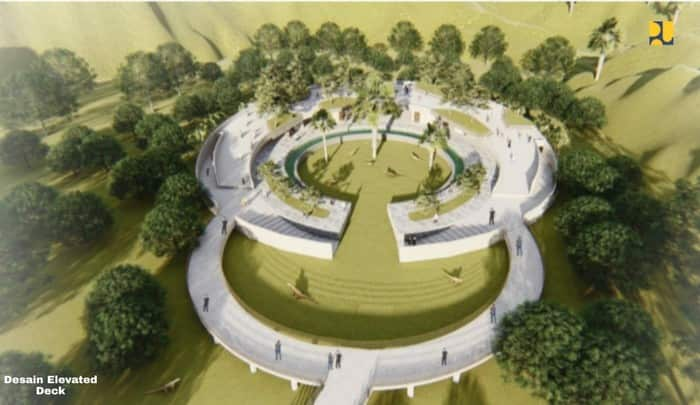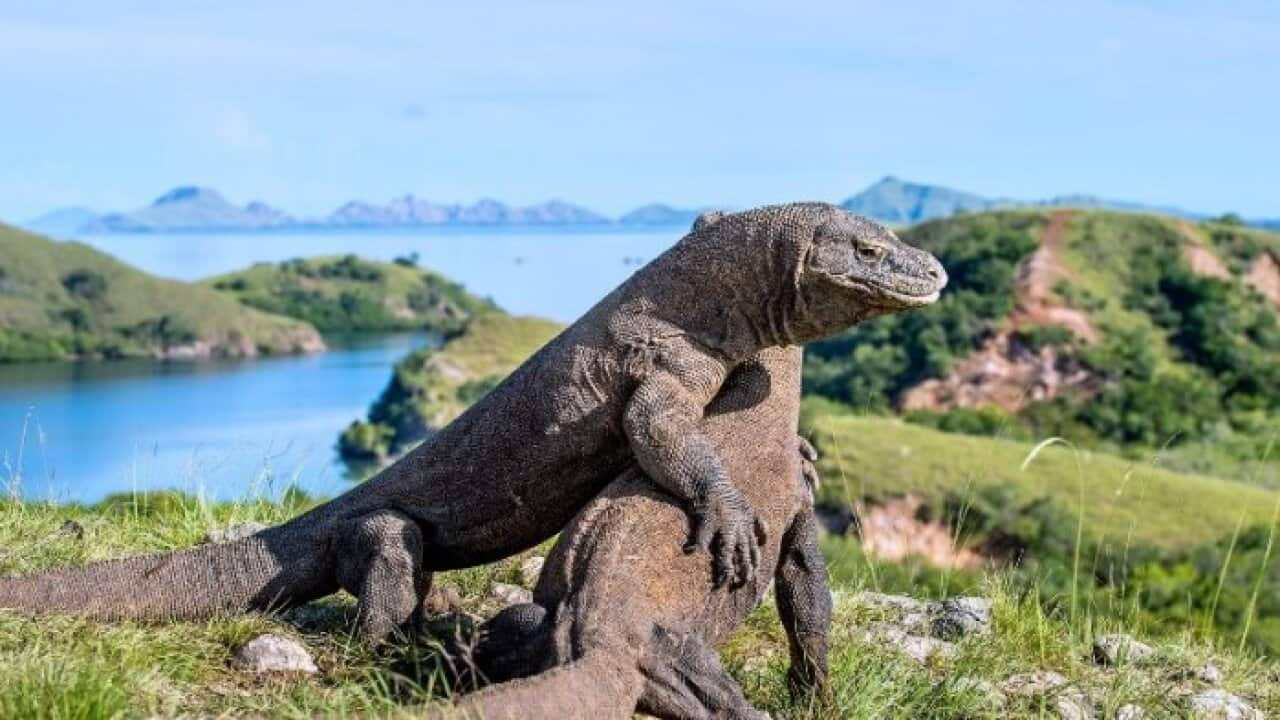These small islands in the Nusatenggara area are also inhabited by thousands of residents, including the indigenous Komodo tribe of the island. The development of tourism by the central government, turned out to threaten the existence of the indigenous people. In order for tourists to enjoy the exoticism of Komodo, locals are urged to relocate.
Firmansyah Akbar is one of the young activists in the Komodo island region, who is active in the development of tourism in the region, acknowledging that the growth of the tourism sector, which was initially led by Komodo National Park, has a very significant economic impact for residents.
Firman himself is a tour guide who helps ensure the tourist visit takes place safely amid Komodo wildlife.

Firmansyah Akbar, aktivis muda masyarakat Komodo Credit: supplied
In 2022, local authorities even plan to relocate people who have lived for hundreds of years on Komodo island. This rencan was of course denied to society.

Padar Island Credit: Kemenpar RI
Firman said that because they felt the government's decision was unfair to them, people even decided to close tourist access in the region.
The government applies standards that are too onerous to be met by the public, for example in the provision of places to stay. The investors are planning to build hundreds of villas and resorts on some of the islands, something Firman said locals would not be able to match. In fact, during this time, the local people have been doing well with tourist endeavors, such as walking routes tracing the island to see Komodo life.
Groups of young people on the islands surrounding the Komodo area compactly resist granting special rights to investors in tourist development there. While some older people, tend to accept on the grounds of job openings. But, according to the Word, the acceptance was due to the fact that the parents did not understand that the presence of investors in the long run would be detrimental to themselves.
One of the investors that received great attention from the public is PT Komodo Wildlife Ecotourism (PT KWE). People oppose the presence of this company, as its projects are judged to threaten ecosystems and the sovereignty of indigenous territories. In August, the firm rejected it again when the company announced plans to build a tourist center on Padar Island.
According to a public consultation document scheduled for the end of July 2025, this investor will build 619 units of the building. Included in them are exclusive villas, spa facilities, as well as other facilities, which occupy an area of more than 15 thousand hectares.

Ilustration of one of the new project for Taman Nasional Komodo at Rinca Island Credit: MenPan RI
During this time, the community has also built homestays or residents' homestays, which are very popular especially by foreign tourists. Firman said that in his interaction with these foreign tourists, they said they wanted to enjoy the nature of Komodo Island and its surroundings, by staying in homestays owned by residents, and mingling more closely with the community.
This approach also does not require the construction of buildings on a large scale, which will reduce Komodo's own living area. If more facilities are needed, temporary tents with complete support facilities can also be created. Moreover, glamping tours are currently quite popular in various regions of Indonesia.
If they want to stay in luxury resorts, Firman said, the foreign tourists said they would choose Bali as a tourist destination. It was precisely they who came to Komodo, wanting to enjoy the authenticity of its nature.
Mr Firman also urged the government to better recognise the existence of indigenous people.




